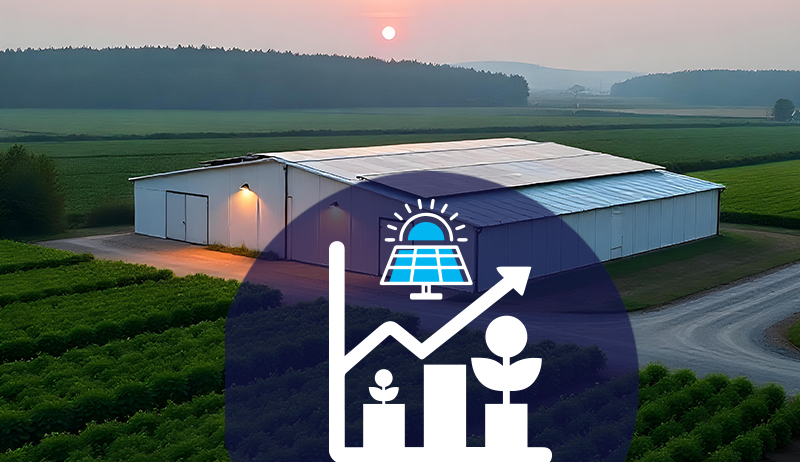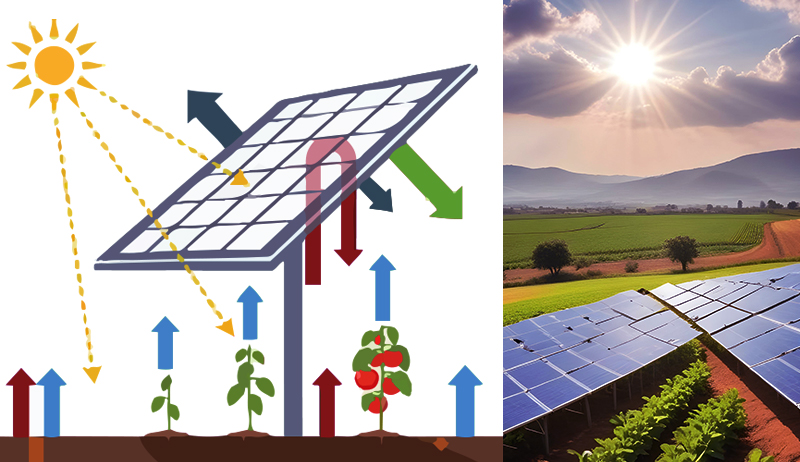Outlook Green Mobility in Freiburg
Public Transportation and Cycling Culture
Munich, the capital of Bavaria, Germany, excels in sustainable transportation and fostering a cycling culture. The city’s comprehensive public transportation network, including trams, buses, and suburban trains, encourages residents and visitors to rely less on private cars. Munich also promotes cycling as a primary mode of transportation, with a vast network of cycling lanes and bike-sharing programs available throughout the city. By prioritizing public transportation and cycling infrastructure, Munich reduces traffic congestion and contributes to a cleaner and more sustainable urban environment.
Renewable Energy and Climate Action
Munich is at the forefront of Germany’s transition to renewable energy sources and climate action. The city has made significant investments in renewable energy projects, particularly solar and wind power. Munich’s commitment to sustainability is exemplified by initiatives like the installation of solar panels on public buildings, district heating systems, and energy-efficient retrofits. The city has also set ambitious climate goals of becoming carbon neutral and reducing greenhouse gas emissions. Munich actively engages in climate action through public awareness campaigns, energy-saving initiatives, and partnerships with local businesses and organizations, demonstrating its dedication to a sustainable and low-carbon future.
Green Building and Urban Design
Munich promotes green building practices and sustainable urban design to create energy-efficient and environmentally friendly spaces. The city encourages the construction of energy-efficient buildings with green certifications, such as LEED and Passive House standards. Munich’s urban planning integrates green spaces, pedestrian-friendly streets, and mixed-use developments, fostering a sense of community and reducing the need for long-distance commuting. By prioritizing green building and sustainable urban design, Munich creates a harmonious balance between the built environment and nature.
Waste Management and Recycling
Munich has implemented a comprehensive waste management system with a strong focus on recycling and waste reduction. The city encourages residents to separate their waste into different categories, including organic, recyclable, and residual waste. Munich’s recycling programs cover a wide range of materials, including paper, plastic, glass, and metal. The city also promotes composting initiatives for organic waste and educates residents about the importance of waste reduction and recycling. Munich’s commitment to effective waste management contributes to resource conservation and the circular economy.
Green Spaces and Parks
Munich is renowned for its abundant green spaces and parks, which play a vital role in enhancing the city’s sustainability and residents’ quality of life. The English Garden, one of the world’s largest urban parks, offers vast green expanses, meandering paths, and a serene atmosphere for relaxation and recreation. Munich’s commitment to preserving and expanding green spaces creates a healthy urban environment, promotes biodiversity, and provides natural habitats for wildlife. The city actively engages in urban greening projects, planting trees and flowers to enhance the aesthetic appeal and ecological balance of the urban landscape.
Local and Organic Food Initiatives
Munich promotes local and organic food initiatives, supporting sustainable agriculture and reducing the carbon footprint associated with food production and transportation. The city encourages residents to choose locally sourced and organic products by promoting farmers’ markets, community-supported agriculture programs, and organic food cooperatives. Munich’s commitment to sustainable food systems ensures access to fresh, healthy, and environmentally friendly food choices while supporting local farmers and reducing the reliance on long-distance food transportation.
Conclusion Green Mobility in Freiburg
Munich stands as a prime example of a sustainable city that combines tradition and innovation to create a thriving urban environment.
The city’s commitment to public transportation, cycling infrastructure, renewable energy, green building practices, waste management, green spaces, and local food initiatives showcases its dedication to sustainability and quality of life for its residents. As other cities navigate the challenges of urbanization and climate change, Munich’s sustainable practices offer valuable lessons and inspiration for creating vibrant, resilient, and eco-friendly urban communities.
https://www.exaputra.com/2023/06/munich-germany-sustainable-city.html
Renewable Energy
Germany and the U.S. — a Key Difference
 As I mentioned in my recent post on Germany, we have a president in the United States who’s doing everything in his power to destroy the entire renewable energy industry, and, thus, is creating a real problem for those concerned about jobs. Currently, there are 569,000 solar in renewable energy generation, and over 3 million in the related industries, e.g., battery storage.
As I mentioned in my recent post on Germany, we have a president in the United States who’s doing everything in his power to destroy the entire renewable energy industry, and, thus, is creating a real problem for those concerned about jobs. Currently, there are 569,000 solar in renewable energy generation, and over 3 million in the related industries, e.g., battery storage.
Here’s a question worth asking: What do the Germans have that Americans don’t? Answer: A population of voters that values honesty and sanity.
What they don’t have is a criminal sociopath running their country.
Renewable Energy
German Cranks Up the Volume on Renewable Energy
Germany finds itself in a unique position among the countries of the world, in that it’s gotten rid of both coal and nuclear and now depends quite heavily on renewables. Germany is the world’s third largest economy, behind the United States and China, so there is a huge amount at stake.
These people are extremely sharp, and they’re not known for risk-taking. Yet they’ve made a huge commitment here; renewables (mainly wind and solar) accounted for 59% of Germany’s electricity in 2024, and that figure is headed for 80% by 2030.
Meanwhile, in the United States, we have a president who’s doing everything in his power to destroy the entire renewable energy industry, and, for those concerned about jobs, this is problematic, to say the least. At the end of 2024, more than 3.5 million Americans were employed in clean energy occupations, spanning renewable generation (569,000 jobs), battery and storage, energy efficiency, biofuels, grid modernization and clean vehicles industries. These jobs now represent a significant share of the U.S. workforce—including seven percent of all new jobs added in 2024—and are spread across every state, strengthening local economies.
A quick story: The governor of Iowa, a Republican, was asked by another GOP leader why he didn’t but a spear through the wind industry, as it’s competitive with fossil fuels, which Republicans adore. The reply, “Are you kidding? What you think hundreds of thousands of my voters do for a living?”
Renewable Energy
2026 Victorian Air Conditioning Rebate: What’s New!
The post 2026 Victorian Air Conditioning Rebate: What’s New! appeared first on Cyanergy.
https://cyanergy.com.au/blog/2026-victorian-air-conditioning-rebate-whats-new/
-
Climate Change2 years ago
Spanish-language misinformation on renewable energy spreads online, report shows
-
Climate Change3 months ago
Guest post: Why China is still building new coal – and when it might stop
-
Climate Change Videos2 years ago
The toxic gas flares fuelling Nigeria’s climate change – BBC News
-

 Greenhouse Gases1 year ago
Greenhouse Gases1 year ago嘉宾来稿:满足中国增长的用电需求 光伏加储能“比新建煤电更实惠”
-
Greenhouse Gases3 months ago
Guest post: Why China is still building new coal – and when it might stop
-

 Climate Change1 year ago
Climate Change1 year ago嘉宾来稿:满足中国增长的用电需求 光伏加储能“比新建煤电更实惠”
-

 Carbon Footprint2 years ago
Carbon Footprint2 years agoUS SEC’s Climate Disclosure Rules Spur Renewed Interest in Carbon Credits
-
Renewable Energy4 months ago
US Grid Strain, Possible Allete Sale















